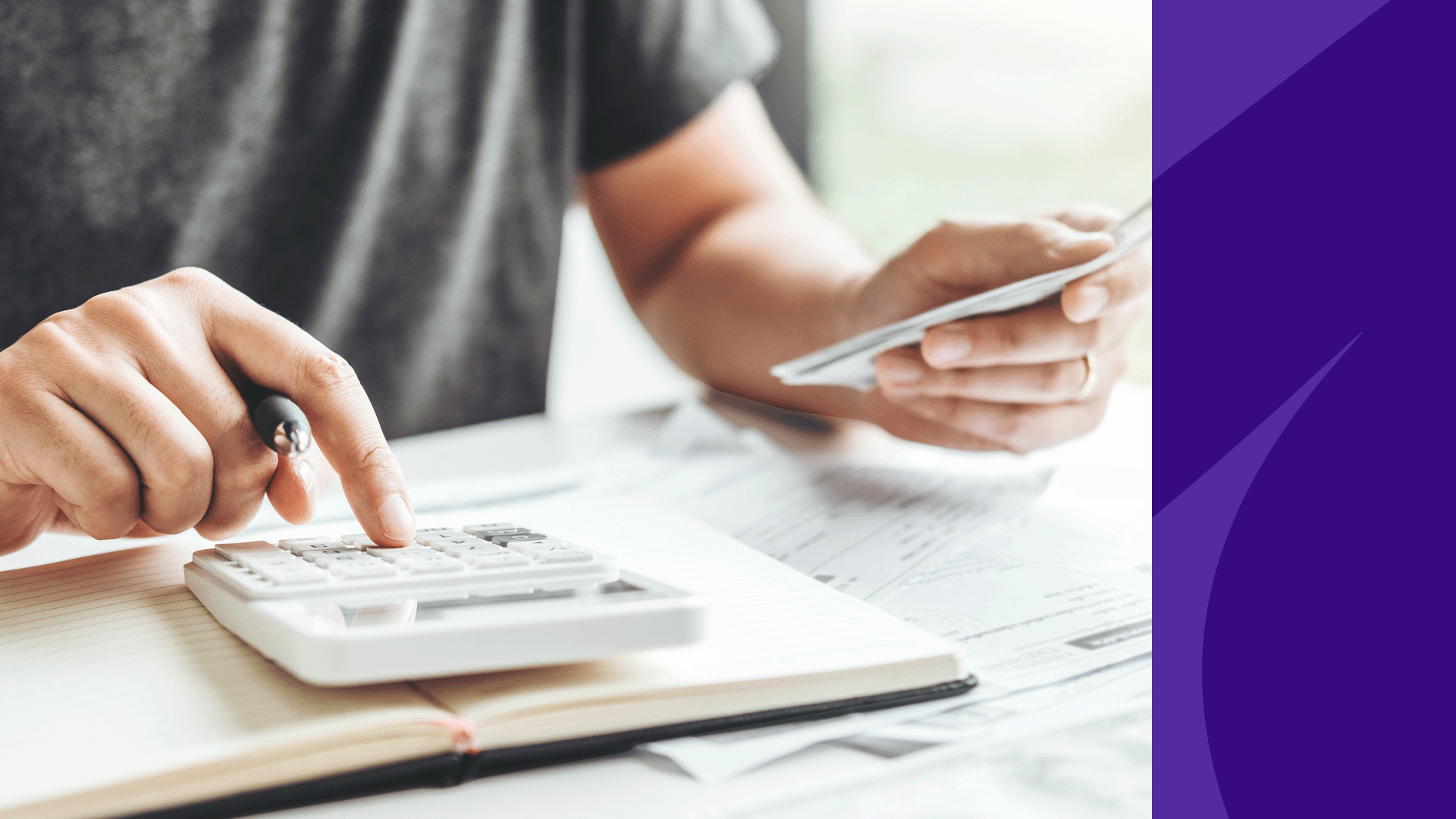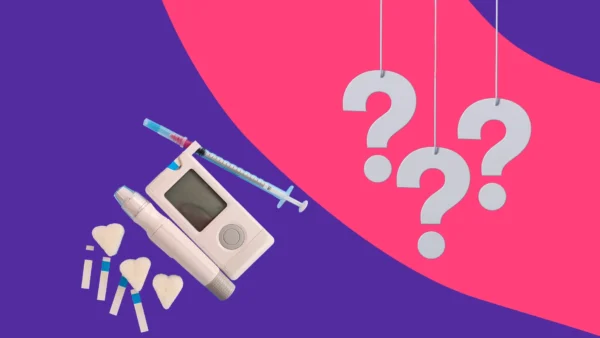Average pharmacist salary | Factors that affect salary | How to make more money | Is becoming a pharmacist worth the money?
Pharmacists are vital parts of the community and your healthcare team. With years of education under their belts, pharmacists are the go-to experts for all things medications—including prescription and over-the-counter drugs. Not only do pharmacists dispense drugs, but they are critical in making sure that prescribed medications are safe for patients. Because of this extensive training and knowledge, pharmacists are compensated with higher-than-average salaries.
Most people understand that working as a pharmacist can be a well-paying job. But how much do pharmacists make exactly? Continue reading to learn more about the average pharmacist salary and how it can vary across the states.
What is the average salary for a pharmacist?
The average pharmacist salary is around $125,000 as of 2020; although, different sources may give different data. That comes out to around $60 per hour. Most pharmacists work full time, which is calculated by the Bureau of Labor Statistics (BLS) to be 2,080 hours per year.
Nationally, pharmacists make more on average than their healthcare colleagues and people in general. According to the BLS, pharmacists made a median salary of $128,710 in 2020. In contrast, “healthcare diagnosing or treating practitioners,” which includes respiratory therapists, registered nurses, and surgical technologists, made a median annual wage of $84,430. The median annual wage for all workers in the United States was $41,950 that year.
The median annual wage is the midpoint annual wage for all salaries in a given profession. Half of all workers make an annual wage higher than the median annual wage while half of all workers make an annual wage less than the median annual wage.
RELATED: What are standard salaries for pharmacy technicians?
Factors that affect salary
The average pharmacist salary is not cut and dried. Different factors can affect a pharmacist’s salary, such as practice setting, years of experience, and location. Let’s take a closer look at the different factors in play.
Practice setting
The practice setting, or career path, a pharmacist pursues can have an impact on salary. An analysis of BLS data conducted by the Drug Channels Institute found that those working in outpatient care centers earned the highest average pharmacy salary while those working in home healthcare services earned the least. Overall, those working in non-retail pharmacies earned more than those working in retail pharmacies.
- Outpatient care centers: $147,130
- Physician offices: $129,340
- Mail order pharmacies: $128,990
- Mass merchants with pharmacies (big-box, chain pharmacies): $128,378
- Hospitals: $128,120
- Supermarkets with pharmacies: $124,120
- Chain, independent, and long-term care pharmacies: $122,840
- Home healthcare services: $122,320
Years of experience
The pharmacist salary range can also vary depending on years of experience. As with other professions, the salary of a pharmacist typically increases as the pharmacist gains more experience. According to PayScale, the average pharmacist hourly wage starts capping out after 10 years of experience.
- Less than 1 year of experience: $53.99
- 1 to 4 years of experience: $55.53
- 5 to 9 years of experience: $58.76
- 10 to 19 years of experience: $60.30
- More than 20 years of experience: $60.39
State
Pharmacist salaries can vary by state. Salary trends find that the highest pharmacist salaries can be found in the northeast and the west coast of the United States. Based on data from the U.S. News & World Report, the highest paying states include the following.
- Alaska: $147,040
- California: $146,070
- Oregon: $136,700
- Maine: $134,100
- Vermont: $131,910
City
The U.S. News & World Report also ranked the best pharmacist salaries by city. Data was pulled from salary reports from metropolitan areas. The highest salaries were found in cities located in California. However, it’s worth keeping in mind the cost of living in these areas before deciding to work there.
- Madera, California: $165,350
- Santa Maria, California: $162,540
- Vallejo, California: $161,120
- Fresno, California: $156,830
- Appleton, Wisconsin: $155,990
International ranking
Pharmacists fare quite well on a national level. But what about on an international level? Well, it turns out that pharmacists in the United States have higher earning power than pharmacists in other countries. Pharmacists in the United States have the highest average salary followed by pharmacists in Iceland and Australia. According to Pharmacist Migration, the pharmacist salary international ranking is as follows*:
- United States: $133,014
- Iceland: $106,000
- Australia: $88,843
- Switzerland: $83,600 to $127,000
- Canada: $80,700
- Sweden: $70,465
- The UK: $57,000 to $53,300
- Germany: $44,800
- Ireland: $45,442 to $68,163
- United Arab Emirates: $24,800
Salaries converted to USD.
How to make more money as a pharmacist
There are several ways you can make more money as a pharmacist. Some opportunities can be as simple as working overtime, while other ways require some thinking outside of the box.
1. Work extra shifts
Pharmacists can take on extra shifts at work if they are available. This can be one of the easiest ways to pad a typical pharmacist income. Unfortunately, the opportunity to work overtime or work extra shifts is more likely to be available to hospital pharmacists than to retail pharmacists. Check with your employer to see how overtime would work for you, especially if you are on a salary. For example, you might get compensated with your base pay plus a certain dollar amount or percentage after working anything over 40 hours.
2. Moonlight
Many full-time, staff pharmacist jobs only allow for a limit of 40 hours per week with no opportunity for working overtime. In these cases, it’s possible to pick up a PRN or part-time job at a hospital or independent pharmacy. Two to three days per month moonlighting can make a difference. You may first want to check with your employer to see if there’s a non-compete clause in your contract, which might disallow you from working for another pharmacy.
3. Take on other projects
Oftentimes, certain tasks and projects need to be completed by pharmacies. These tasks may include hospital formulary reviews and patient education projects. Reach out to a supervisor or manager to see if these projects are available in order to put in some overtime hours.
4. Get certified in a specialty area
Certifications can help boost pharmacist qualifications for different positions or even promotions. Employers may offer to help foot the cost of getting a specific certification. Certifications may include:
- Board Certified Pediatric Pharmacy Specialist (BCPPS)
- Certified Diabetes Educator (CDE)
- Board Certified Oncology Pharmacist (BCOP)
- Board Certified Nutrition Support Pharmacist (BCNSP)
- Certified Pain Education (CPE)
5. Become part of an advisory board
Many healthcare organizations have advisory boards to help guide their strategic process and success. Pharmacists can often provide niche expertise and guidance to advisory boards. As part of an advisory board, a pharmacist can make some extra money.
6. Teach a pharmacy course
Pharmacy programs, both online and in-person, often need educators to teach courses. With some teaching experience, pharmacists can help give courses or assist with programs that focus on certain topics of interest. Some of these teaching positions may require some additional certifications or prior teaching experience.
7. Look for other gigs
Pharmacists can pursue other part-time jobs and freelance gigs to help supplement their income. Aspen RxHealth provides an app where pharmacists can complete comprehensive medication reviews (CMRs) remotely. Some companies, such as PipelineRx, provide telepharmacy services and need help from pharmacists.
RELATED: How to find free or discounted continuing education for pharmacists
Is becoming a pharmacist worth the money?
While pharmacists can earn an income that’s higher than the national average, it’s important to remember that it can take a sizable investment of both time and money to earn a pharmacist degree. Prospective pharmacists can expect to spend anywhere from $20,000 to more than $200,000 for their education.
Tuition costs can vary based on location, private or public schools, and in-state or out-of-state tuition. Those who attend a private pharmacy school and pay out-of-state tuition fees end up paying the most for their education.
Pharmacists also don’t earn their degrees overnight. It can take six to eight years to start earning a pharmacist salary, after completing a Pharm.D. degree. People who want to work as clinical pharmacists often choose to undertake one to two years of residency or fellowship.
While working as a resident or fellow, pharmacists typically earn less. They could be earning half of a regular pharmacist salary while still working full-time. However, sacrificing a couple of years of hard work can have long-term benefits of boosting maximum earning potential.
Taking everything into account, many people consider becoming a pharmacist worth the time and money. The highest-earning pharmacists make a median annual salary of $164,980 and work in a hospital or institutional setting. Still, pharmacists have plenty of opportunities to take on other projects, expand their roles, and earn more than their base salary.











